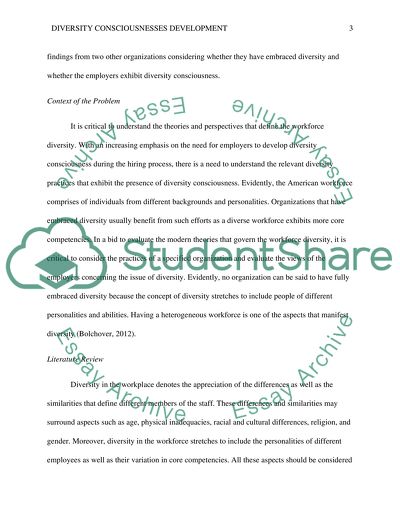Cite this document
(“Diversity Consciousnesses development Essay Example | Topics and Well Written Essays - 2500 words”, n.d.)
Retrieved de https://studentshare.org/gender-sexual-studies/1656056-diversity-consciousnesses-development
Retrieved de https://studentshare.org/gender-sexual-studies/1656056-diversity-consciousnesses-development
(Diversity Consciousnesses Development Essay Example | Topics and Well Written Essays - 2500 Words)
https://studentshare.org/gender-sexual-studies/1656056-diversity-consciousnesses-development.
https://studentshare.org/gender-sexual-studies/1656056-diversity-consciousnesses-development.
“Diversity Consciousnesses Development Essay Example | Topics and Well Written Essays - 2500 Words”, n.d. https://studentshare.org/gender-sexual-studies/1656056-diversity-consciousnesses-development.


